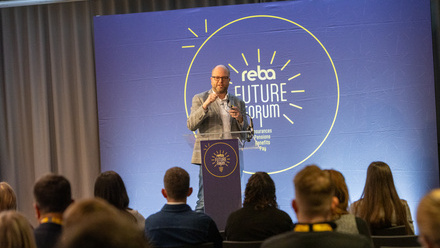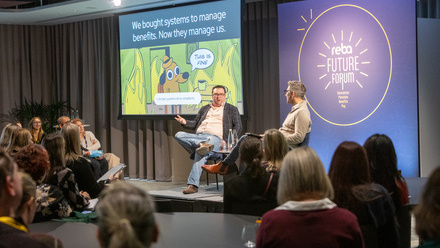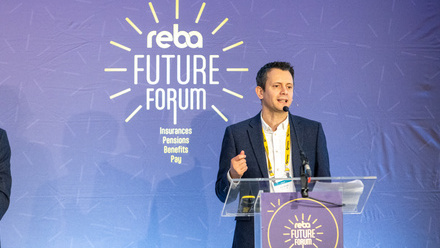Three key insights from the Employee Happiness Index 2018

The result of our annual employee and HR survey is finally here. To put together our index, we surveyed more than 20,000 employees and HR leaders across all industries – to find out exactly what it is that contributes to overall employee happiness.
During the survey, we gauged employee satisfaction (and the resulting effect on engagement) against a whole range of workplace factors including benefits, rewards, employer communication, pension, personal finances and more. The resulting data sets new benchmarks for today’s employers looking to increase traction, save costs and raise business performance.
What are the results of the employee survey when it comes to benefits?
Our findings show a clear correlation between the quality (and quantity) of the benefits on offer and employee satisfaction: employees offered twenty or more benefits are up to 17 per cent more satisfied than those who are offered fewer than ten.
However, employers must do their homework if they really want to attract, engage and retain their talents. We found that attitudes regarding what employees want, need and expect from their employer differ across both age group and industry. We know this because we found that employees attach different types of value to their benefits – those that they consider important, and those that they appreciate.
For example, health and wellness benefits are considered by younger employees to be the most important employee benefit, yet these become less important for older employees. Whereas, perhaps more predictably, pension benefits are less important for younger employees, yet become more important with age.
What we learned from the employee survey: three key insights to create a happy workplace
The scale and scope of the data from our Employee Happiness Index 2018 allowed us to identify new benchmarks for the most engaged workplaces. Moreover, we have identified which factors have had the biggest impact in creating a happy workforce.
1. Develop a benefits strategy
To attract and retain today’s talents, employers must now customise their benefits offer per each unique employee group – including those they want to lure from the job market. They should evaluate regularly (at the very least, once every year) to stay on top of benefit trends and market shifts – and to cut loose the benefits which aren’t attracting any value. Surprisingly, we found that most employers still don’t have a benefits strategy – despite huge investments in the area.
2. Use the right employee communication channel
Want to improve your corporate communication? Our data reveals that the intranet is losing appeal for today’s younger employees. In fact, customised employee platforms ranked consistently higher when employees were asked to list their preferred communication channels for the workplace. From our portal’s own data, we see that more than 85 per cent of today’s young employees prefer to log in to their portal using their smartphone, compared with just 47 per cent of the workplace’s oldest employees.
3. Connect employee benefits to your employer brand
What values are important to you as an employer? Health? Sustainability? Work/life balance? By linking your values to your employee benefits offer, you’ll help your employees to understand what you’re all about. This increases their engagement with your employer brand. Employees who understand their employer’s vision, goals and values are up to 28 per cent more committed than those who don’t.
Want to know what else you can do to attract, engage and retain the right employees? Download our Employee Happiness Index 2018 free today.
This article was provided by Benify.
Supplied by REBA Associate Member, Benify
Benify offers the market's leading global benefits and total reward platform.







